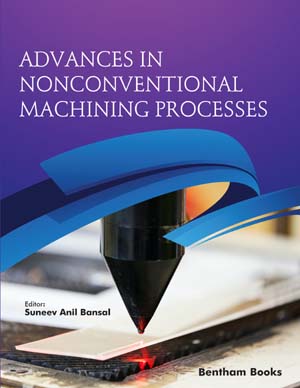Abstract
Gas detection is important for industrial safety, environmental protection, and environmental monitoring. Absorption spectroscopy is a widely used technique for gas detection. By applying laser remote sensing techniques, gas sensing with large standoff distances becomes possible. The industry standard method uses the double frequency technique, in which the laser wavelength is modulated about a center wavelength corresponding to the absorption peak of the target gas species, and the optical signal is detected at the second harmonic of the modulation frequency. Alternatively, by selecting two wavelengths which correspond to strong and weak absorption of the target gas species, two-dimensional imaging or visualization of gas leaks becomes possible. These techniques have been applied to detection and imaging of natural gas (methane gas) leaks. Laser sensing is also used for in situ gas analysis in power plants and incineration plants. Recent progress in quantum cascade lasers has enabled detection of minor species in harsh environments such as flue gas.
Keywords: Absorption spectroscopy, 2f method, differential absorption method, methane gas, visualization, flue gas, stack exhaust gas, differential absorption lidar, atomic laser absorption spectroscopy, quantum cascade laser.


















